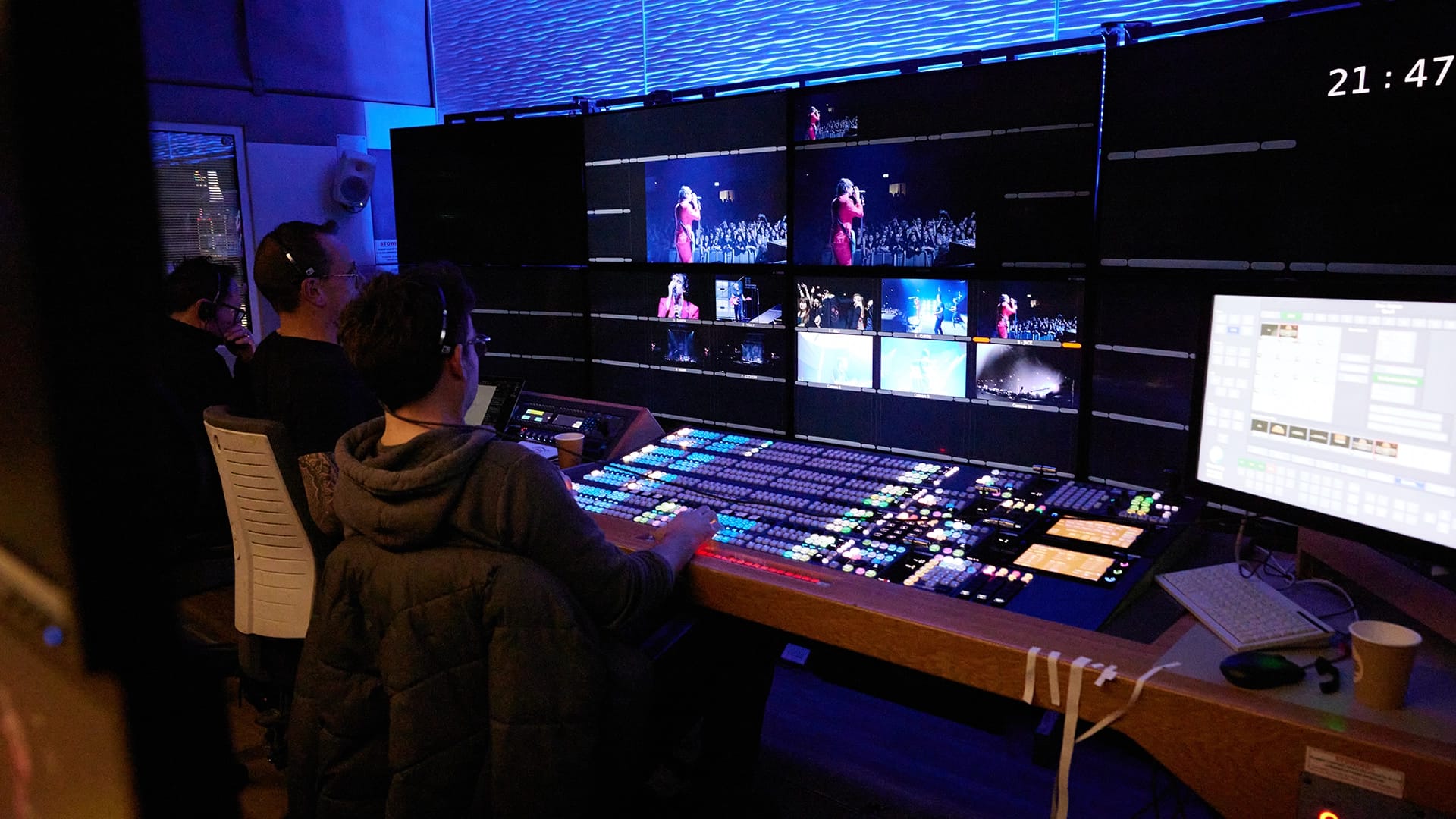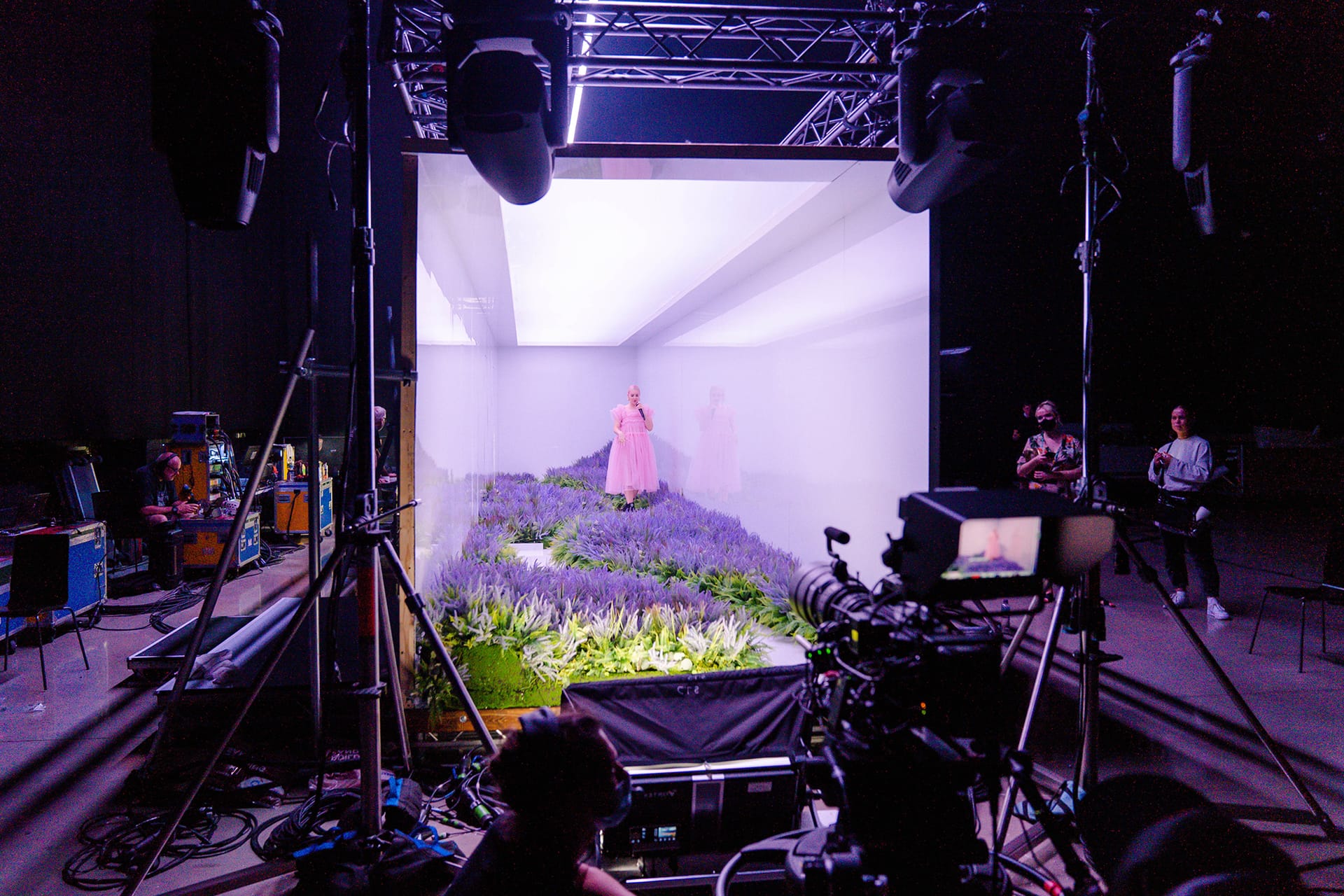Deep Dive into the Encoding Ladder
Here’s an eye-opener: when you upload a video for streaming, it’s easy to assume viewers will watch it in the format you provided. But that’s rarely the case!
For smooth playback across varying devices, screen sizes, and internet speeds, your video undergoes an essential process known as transcoding.
Transcoding isn’t just about compressing a file - it’s about reimagining it for every viewing scenario. Think of it as a tree branching out in multiple directions. The process creates a collection of alternatives tailored to different conditions from a single source video, otherwise named the encoding ladder. We’re unpacking more on the subject:
What Is an Encoding Ladder?
An encoding ladder refers to the stack of versions a video is converted into during transcoding. Each version's resolution, compression format, colour range, or audio setup differs. The goal? Deliver the best possible experience, no matter how or where the content is played.
Breaking Down the Encoding Ladder
Let’s say you upload a video in stunning 4K resolution. Behind the scenes, the transcoder starts building your encoding ladder in several dimensions:
• The original 4K is downscaled into a range of versions - usually 10 to 15 - from 2160p to as low as 360p, ensuring accessibility for everything from high-end TVs to budget smartphones on slow connections.
• Each resolution might be encoded in footage like H.264, HEVC (H.265), VP9, or AV1. This guarantees compatibility across various devices, from legacy hardware to cutting-edge screens.
• Videos are transcoded in both Standard Dynamic Range (SDR) and High Dynamic Range (HDR) to support different display technologies.
• Cinematic formats like Dolby Vision add another layer, enhancing colour accuracy, contrast, and brightness for supported displays (discover more here).
• Additionally, audio tracks are rendered in multiple configurations - up to 10 different versions might be created, spanning stereo, 5.1 surround, and immersive formats like Dolby Atmos.
By the time the transcoding process wraps up, that single upload may have spawned 30 to 50 distinct ‘flavours’ - each tuned for a specific viewing scenario. Whether someone’s watching from a crowded train on 3G or from their living room on a 4K Dolby Vision-enabled TV, the system intelligently serves the optimal version in real-time.
Why Does it Matter?
The encoding ladder isn’t just a technical necessity - it’s the silent architect behind a seamless viewing experience. Without it, users would face choppy playback, endless buffering, or visuals that don’t do justice to their screens. Instead, platforms can dynamically adapt the stream based on your device and bandwidth, delivering crisp, smooth video that works.
So, the next time you tap stream and your video loads instantly in pristine quality, remember, there’s a carefully constructed ladder beneath it all - carrying your content up to every screen, every connection, and every viewer, precisely as it should. Pretty cool, right?

